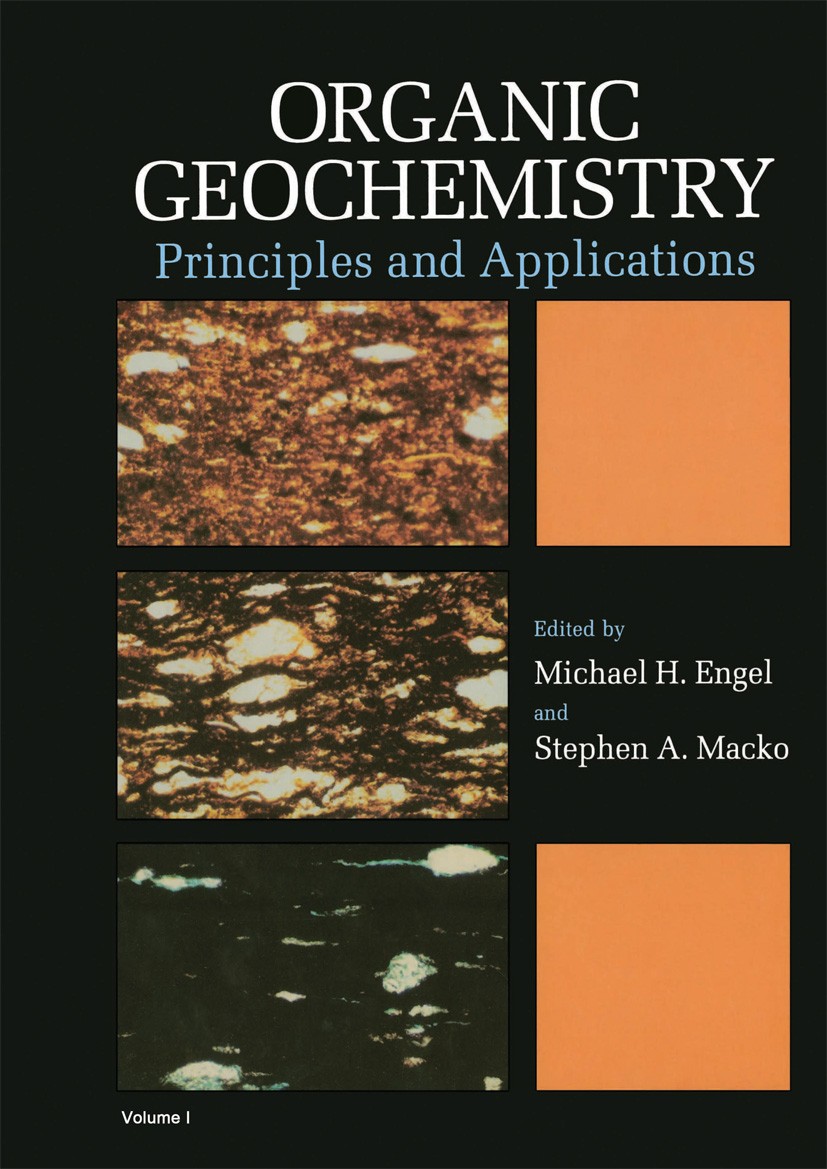Constraining the sources of archaeal tetraether lipids in multiple cold seep provinces of the Cascadia Margin
IF 2.5
3区 地球科学
Q2 GEOCHEMISTRY & GEOPHYSICS
引用次数: 0
Abstract
Archaeal isoprenoid glycerol dialkyl glycerol tetraether lipid (iGDGT) abundance profiles and carbon isotopic compositions reflect the relative distributions of archaeal sources, including planktonic, benthic, and methane-cycling contributions. Here, we analyze the carbon isotope ratios of iGDGTs purified from sediments of three different cold seep sites in Cascadia Margin, off the coast of Washington, USA. Together with relative abundance and glycerol configurations, we use the carbon isotope ratios to estimate the contributions of multiple archaeal sources to the sedimentary iGDGT assemblages and their impact on values of the TEX86 and methane indices. Using a Bayesian mixing model, we robustly characterize three potential endmembers by determining their characteristic lipid distributions, inferred contributions to the total sediment inventory, and carbon isotopic signatures. Despite the geographic proximity of the sample locations, we find site-specific heterogeneity in relative iGDGT abundances and δ13C values. Planktonic and benthic methane-cycling sources predominate in all cases (contributing > 98% of iGDGTs), while benthic non-methane cycling archaea contribute minimally to the sedimentary lipid pool. Environments with higher methane influence show an increased presence of anti-parallel iGDGTs, indicating that methane-cycling archaea may dominantly or exclusively synthesize iGDGTs in this configuration. Our results quantify the relationship between the methane index (MI) and methane impact in systems dominated by planktonic and benthic methane-cycling archaea. Within the framework of the TEX86 temperature proxy, this permits a quantitative demonstration that it is overly simplistic to apply a MI cutoff threshold as a binary indicator to determine methane influence, and caution is needed when taking this approach in paleoclimate reconstructions.
卡斯卡迪亚边缘多个冷渗省份古细菌四醚脂质来源的限制
古菌类异戊二烯甘油二烷基甘油四醚脂(iGDGT)丰度曲线和碳同位素组成反映了古菌来源的相对分布,包括浮游生物、底栖生物和甲烷循环贡献。在这里,我们分析了从美国华盛顿海岸卡斯卡迪亚边缘三个不同冷渗点的沉积物中纯化的iGDGTs的碳同位素比率。结合相对丰度和甘油构型,我们利用碳同位素比值估算了多种古细菌来源对沉积iGDGT组合的贡献及其对TEX86和甲烷指数的影响。使用贝叶斯混合模型,我们通过确定它们的特征脂质分布,推断对总沉积物库存的贡献以及碳同位素特征来强有力地表征三个潜在的端元。尽管样品位置的地理位置接近,但我们发现相对iGDGT丰度和δ13C值存在位点特异性异质性。浮游生物和底栖生物甲烷循环源在所有情况下占主导地位(贡献>;98%的iGDGTs),而底栖非甲烷循环古菌对沉积脂池的贡献最小。甲烷影响较大的环境显示反平行iGDGTs的存在增加,表明甲烷循环古菌可能在这种构型下主要或专门合成iGDGTs。我们的研究结果量化了浮游和底栖甲烷循环古菌主导的系统中甲烷指数(MI)与甲烷影响之间的关系。在TEX86温度代理的框架内,这允许定量证明,将MI截止阈值作为确定甲烷影响的二元指标过于简单,并且在古气候重建中采用这种方法时需要谨慎。
本文章由计算机程序翻译,如有差异,请以英文原文为准。
求助全文
约1分钟内获得全文
求助全文
来源期刊

Organic Geochemistry
地学-地球化学与地球物理
CiteScore
5.50
自引率
6.70%
发文量
100
审稿时长
61 days
期刊介绍:
Organic Geochemistry serves as the only dedicated medium for the publication of peer-reviewed research on all phases of geochemistry in which organic compounds play a major role. The Editors welcome contributions covering a wide spectrum of subjects in the geosciences broadly based on organic chemistry (including molecular and isotopic geochemistry), and involving geology, biogeochemistry, environmental geochemistry, chemical oceanography and hydrology.
The scope of the journal includes research involving petroleum (including natural gas), coal, organic matter in the aqueous environment and recent sediments, organic-rich rocks and soils and the role of organics in the geochemical cycling of the elements.
Sedimentological, paleontological and organic petrographic studies will also be considered for publication, provided that they are geochemically oriented. Papers cover the full range of research activities in organic geochemistry, and include comprehensive review articles, technical communications, discussion/reply correspondence and short technical notes. Peer-reviews organised through three Chief Editors and a staff of Associate Editors, are conducted by well known, respected scientists from academia, government and industry. The journal also publishes reviews of books, announcements of important conferences and meetings and other matters of direct interest to the organic geochemical community.
 求助内容:
求助内容: 应助结果提醒方式:
应助结果提醒方式:


